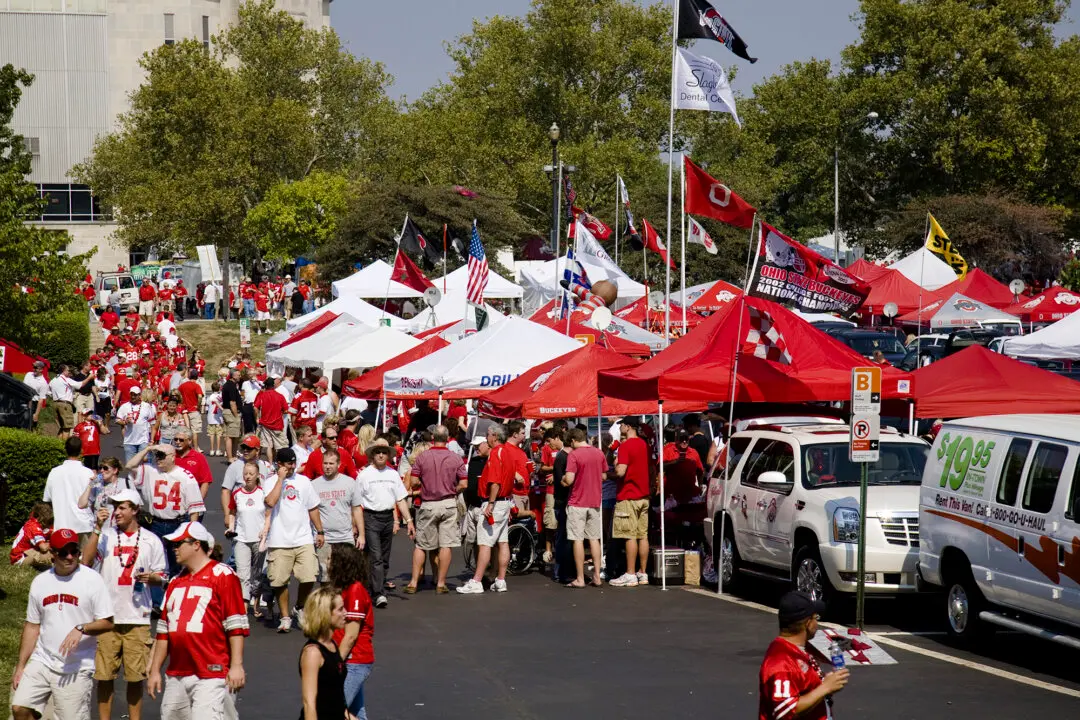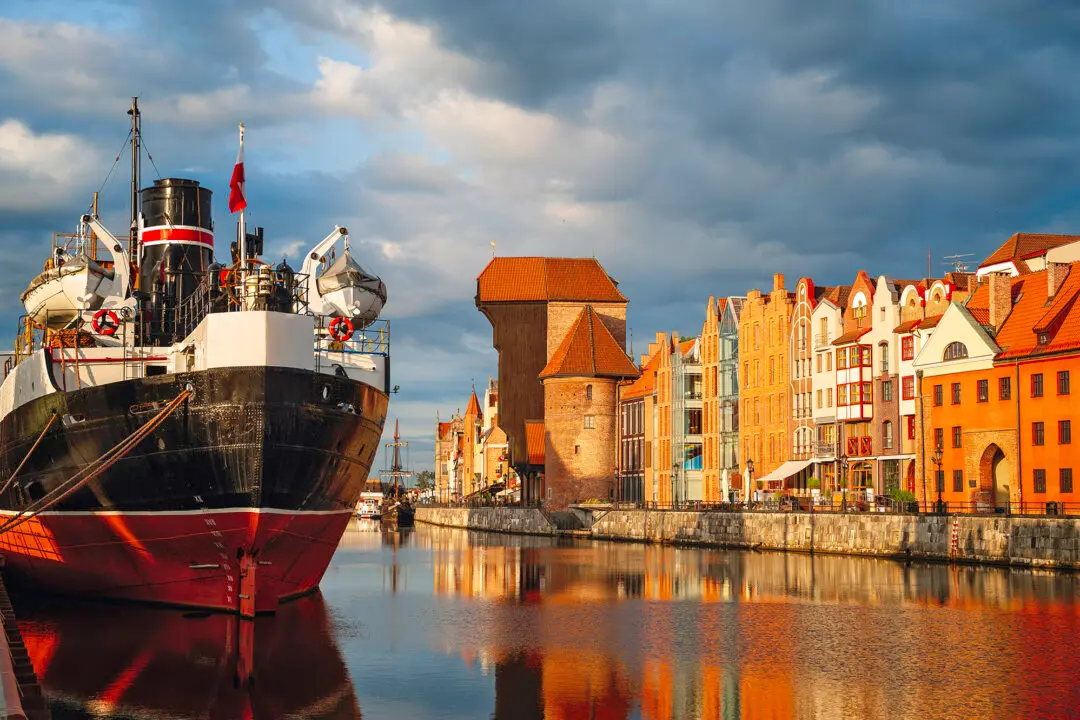I hadn’t yet tucked into my first bite, the Malbec poured just a moment ago, the tables all around me full of happy diners chattering away over bites of steaming meat, when the son of the owners swung by my table. After a minute or two of chit-chat, he made me an offer I couldn’t refuse. “Do you want to see why the steak here at Don Julio is so good?” asked Pablo, already fishing for a key and rising from the table, assuring me that the ojo de bife I had just ordered would be kept fresh, and hot. Following him out into the street, we made our way about half a block down the cobblestones of the historic Palermo district, him opening the door on a building with darkened windows that I otherwise would have assumed to be someone’s private home.
“Get ready,” he said swinging the door open. “This is where the magic happens!” Turning on the lights, he revealed a series of ground-floor rooms filled with sides of beef and explained that they source their grass-fed, organic meat from the best ranching area in a country that raises the world’s very finest beef. Walking through the chilly building, he explained that this process of dry-aging, which takes place over several weeks to even months, is different for every cut, and adds texture and flavor, like a fine wine. Returning back to my table, I quickly experienced what he was telling me about—the steak summarily delivered by the waiter was tender and juicy, a pleasant saltiness coming from the middle of the meat. It may not have been the best steak of my life—but, I can say, it was close.





